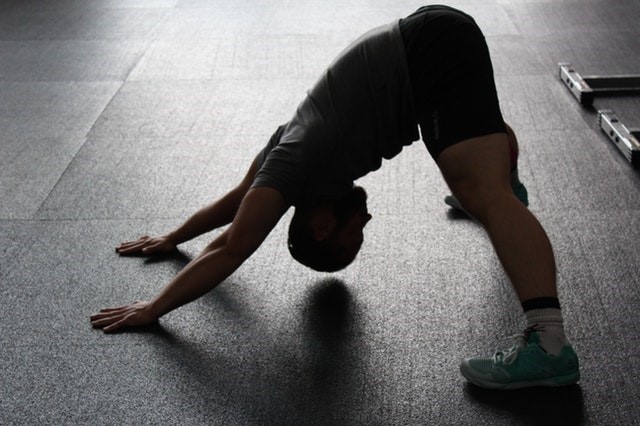
There is a clear distinction between a tight and a loose sensation felt when performing a stretch. But what if you felt worse after stretching a “tight muscle”? Do you really need to stretch then?
What are we really stretching?
Muscle: a soft tissue structure that helps contract to move joints (i.e. the biceps muscle on your arm helps you flex your arm)
Ligaments: bands of tough elastic tissue around your joints (i.e. the shoulder capsule is part of the reason why you have Frozen shoulder)
Tendon: a fibrous connective tissue between muscle and bone (i.e. most commonly mentioned; the Achilles tendon of the ankle, connecting the calf muscle to the heel bone)
Nerves: nervous tissue that transmits signals from soft tissues in your body to the spinal cord (i.e. sciatic nerve irritation can cause sciatica)
But stretching made me worse! Why?
Stretching can potentially be a problem for a person who has hypermobility (too flexible) or any musculoskeletal injuries. This is because the nervous system is designed to respond to any threat to the body. When you stretch, you may be pulling on any of the above-mentioned structures (muscle, ligaments, tendons, nerves).
When an area is injured, there is a heightened response from the nervous system to protect the area. Therefore stretching should be only done to a comfortable level, respecting pain. In the case of a hypermobile individual, the bodily muscles may be working hard to “stabilize” the joints, and therefore tighten up. When stretched out, these muscles and their connections may not be able to keep the body balanced and supported, therefore resulting in a pain response in reaction to the instability that is created.
Whether to stretch or not to stretch?
There have been multiple theories put forth on the “increase in extensibility” of muscles, including viscoelastic deformation (improve elasticity of the muscle), neuromuscular relaxation (stimulation of neuromuscular reflexes induces relaxation of muscles), sensory theory (perception of the stretch sensation occurs later after stretching). The truth is, we do not know exactly whether the muscles actually lengthen. But if that were to occur, you should feel comfortable.
Generally, to keep the muscles and tendons mobile, stretching is recommended, for each muscle group holding for 60 seconds in bouts of 10-30 seconds. A sensation of mild discomfort is acceptable but you should not have any sharp or intense pain.
If you do however feel worse after stretching, do seek help as soon as you can to prevent your condition from worsening. We would be able to advise, after a thorough objective musculoskeletal assessment (including your range of movement, muscle length, and muscle strength), on a suitable program to improve your flexibility or reduce the pain associated with stretching.
Contact SOS PHYSIO Rehab today to understand more about stretching, the implications, and whether it may be beneficial for you to stretch.